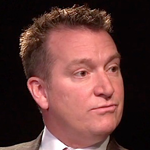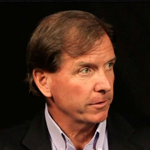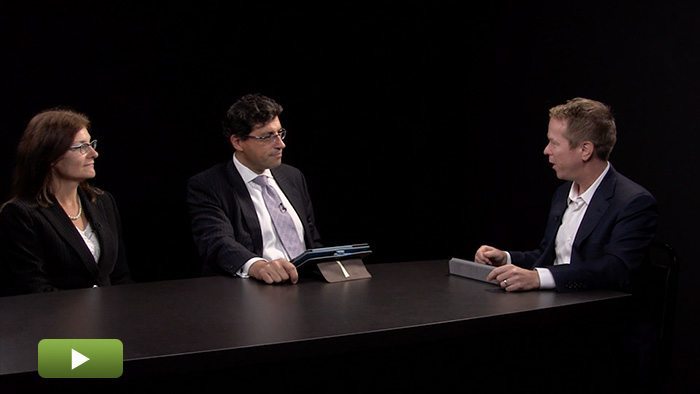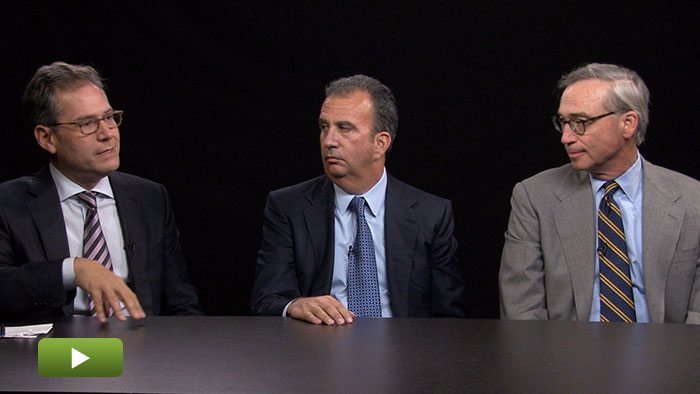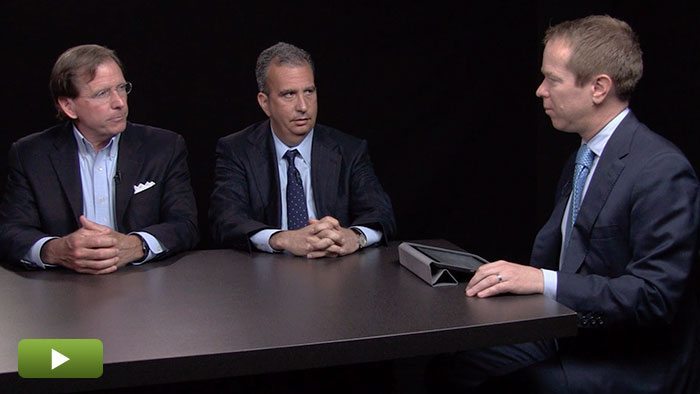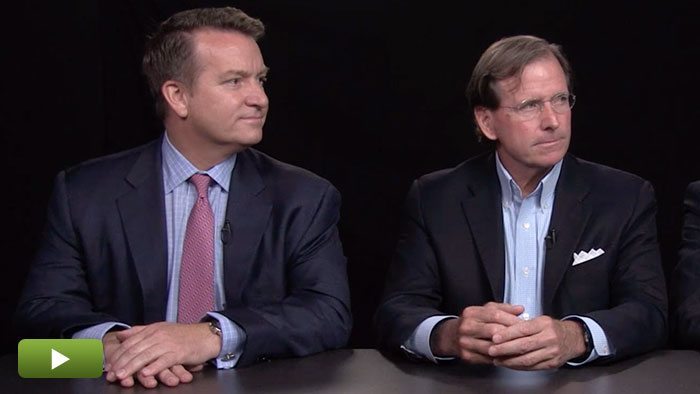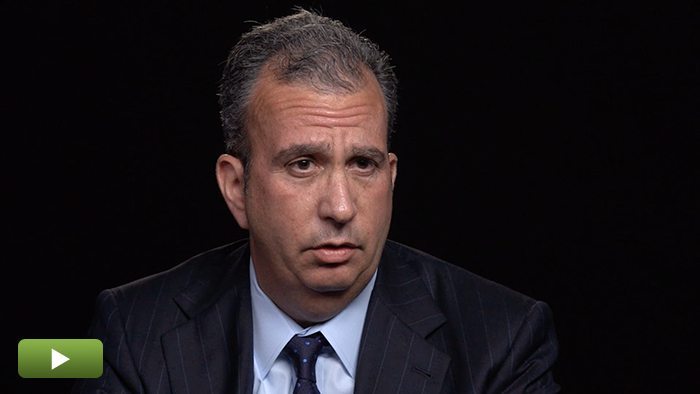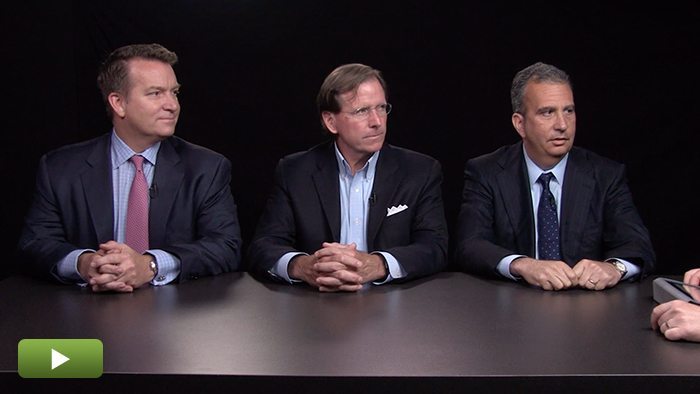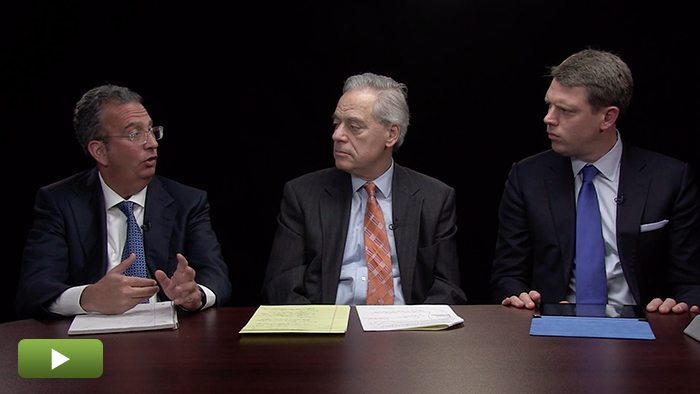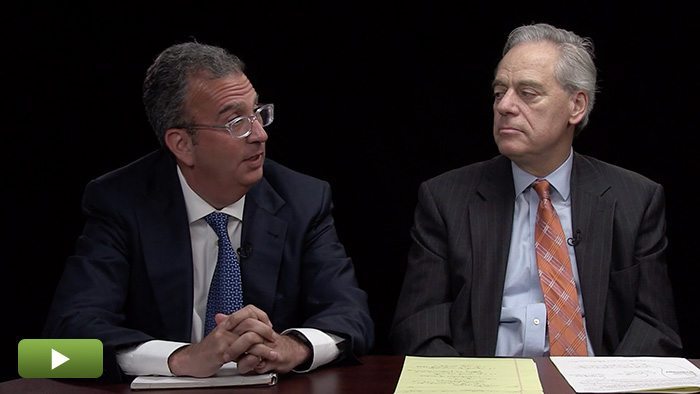PE Firms: Don’t Underestimate Infrastructure
The founder of a firm spun out of a large bank compares notes with the founder of what was originally a first-time fund. Both agree that infrastructure and services of all kinds—from compliance systems to basic office space—can take time and money to get right. With expert commentary from Steven Millner of Gen II Fund Services.
Transcript Download Transcript
When Launching a PE Firm, Don’t Underestimate Infrastructure
Lessons Every Founder Should Learn
David Snow, Privcap:
Today, we’re joined by Kenneth Clay of Corinthian Capital Group, Bob Nolan of Halyard Capital, and Steve Millner of Gen II Fund Services. Gentlemen, welcome to Privcap. Thanks for being here.
We’re talking about things that you wish you’d known before you launched your private equity firm. We have with us two founders of two different private equity firms, and Steve you’ve helped many private equity firms get launched, and you know what some of the growing pains are.
Let’s talk about the infrastructure of a private equity firm and what is needed to actually make it a functioning organization. It’s safe to say that many people who aspire to found their own private equity firms are unaware of the infrastructure needs that need to be put in place. Starting with you Bob, you spun out of Bank of Montreal, of course, a large organization with substantial infrastructure. What was notable about what you discovered your firm needed in order to be a stand-alone entity?
Robert Nolan, Halyard Capital:
In terms of the services that were provided by the bank and were most notable once we departed, obviously I needed to hire my own finance person. I needed to suddenly have fund management taken care of, which we outsourced. For the legal services, we used an outside law firm, and obviously Bank of Montreal had the in house general counsel’s office. I also had a chief administrative officer that I had hired at Bank of Montreal to assist me, which suddenly disappeared.
I would suggest that the services are fairly straightforward in terms of financial, legal, accounting. I don’t think they’re surprises. Compliance was a surprise, but aside from that I think the services are very straightforward in terms of whether we were in house or out of house, it was just finding the right personnel to assist me.
Snow: Kenneth, in a previous conversation that we had, you said that even simple things like office space prove to be time consuming and even expensive and something that you had not anticipated would be taking up as much time.
Kenneth Clay, Corinthian Capital Group:
Absolutely, we started from scratch. There were a handful of us that formed the firm together, and we had to hire some people. That takes time. We didn’t have a fully assembled group, we had the core of a terrific group, all of whom are still with us today. But we had to find office space, we had to sign a lease, we had to do the build-out.
I still remember the early days of us all huddled in one office with some cheap Office Depot type chairs, and a single phone line coming down from the ceiling. We’re all kind of huddled around one speakerphone, we didn’t have a PBX system, we didn’t have central servers or any of those things. We had to procure all of those services, radio cars, American Express corporate accounts, all of that has to be created. And it takes a lot of time and some money.
Steven Millner, Gen II Fund Services:
One of the things that we see that’s common across whether you’re starting a new firm or you’re being lifted out from a larger organization is time to market.
If you’re going to go out and raise your new fund, you need a lot more of the components in place than just having your deal team set. It takes time. It takes time to negotiate and find office space. You know it always takes longer to build it out. It always costs more money. You’ve got competing interests, you need to find and build a good home for yourself, have infrastructure. At the same time, you want to get out and start talking to potential investors. That creates a lot of challenges within the organization.
We see that there are stress points associated with that. You need to be thoughtful, and I think most importantly, you need to be aware and realistic of what this is going to take before you can really go to market in today’s environment.
Snow: Obviously, the private equity market is now much more regulated than it used to be and so I’m going to guess that just about nobody was fully prepared for the level of infrastructure that that brought. Bob, can you talk a bit about your efforts to build an infrastructure that includes compliance.
Nolan: It was sort of ironic, because having spun out from the Bank of Montreal, I actually dealt with two different regulatory bodies, the one in Canada, which is known as ASFI, the Fed in the US. But having done that, when we spun out, we thought we were actually freeing ourselves from that burden, low and behold, we were walking back into that burden in the form of the SEC.
The good news was that there were a number of firms that had been obviously assisting hedge funds in this role for some time and were adapting to the private equity world. They helped organize us in terms of the types of materials and processes we needed to put into place.
We then had to designate a chief compliance officer internally, which was an adjunct position, one that was filled initially by myself, and then I passed it on to someone else.
Quite honestly, having grown up in a regulated environment, it was not completely de novo on some of the issues. But doing it in a small, or a microcosm as compared to what we had done in the past was different, and getting people comfortable with the notion of the kind of restrictions and requirements that are placed upon you is a whole different episode for the firm.
Snow: Neither of you dreamed of growing up to become chief compliance officers of private equity firms?
Clay: I did not, no.
Nolan: It wasn’t an aspiration.
Millner: You did not aspire to that, right?
Clay: Little did we know that we posed systematic risk to the US financial system, and then therefore needed to be regulated.
Millner: Exactly, but what’s interesting that we find is that folks with Bob’s background, who worked at large institutional banks, they get it as it relates to regulation and compliance. They’ve grown up in that environment. What’s interesting to me are private equity folks who have been doing this for the last 15 or 20 years who need now to change the culture of the organization, change some of their priorities to adapt to this new environment when they were used to a much less stringent albeit lightly regulated business, to one that’s becoming very regulated. I think those folks face the greatest challenges today.
Clay: I would actually agree with that. We were a youngish firm when the new regulations become effective. For us, there was a little bit of adaptation, but we went from having a fairly thin employee manual to a 100 plus page monster that had all the pieces that it’s supposed to have. It seemed extraordinary given that we are a firm of less than 20 people to have that level of infrastructure, but it’s needed today. New prospective GPs should plan for that.
